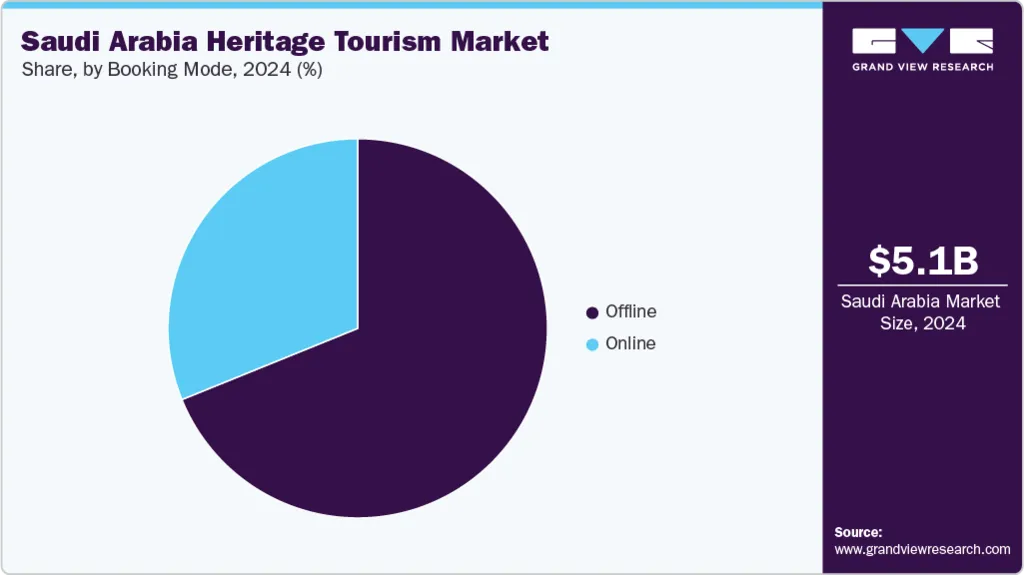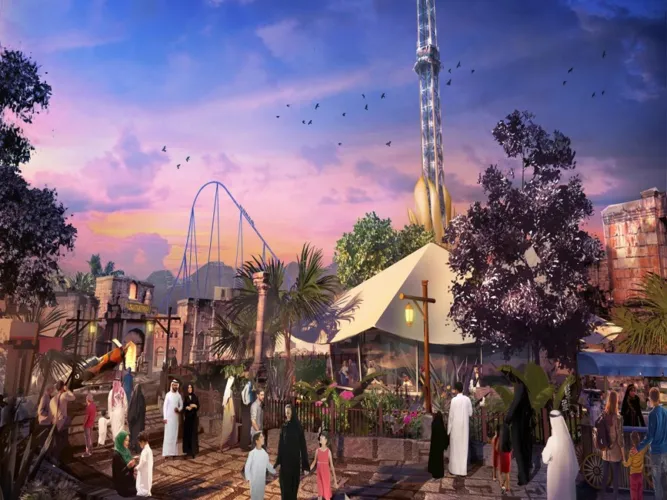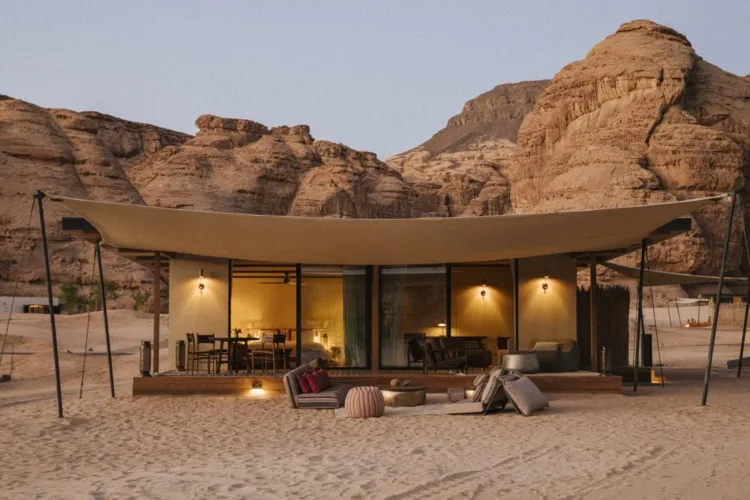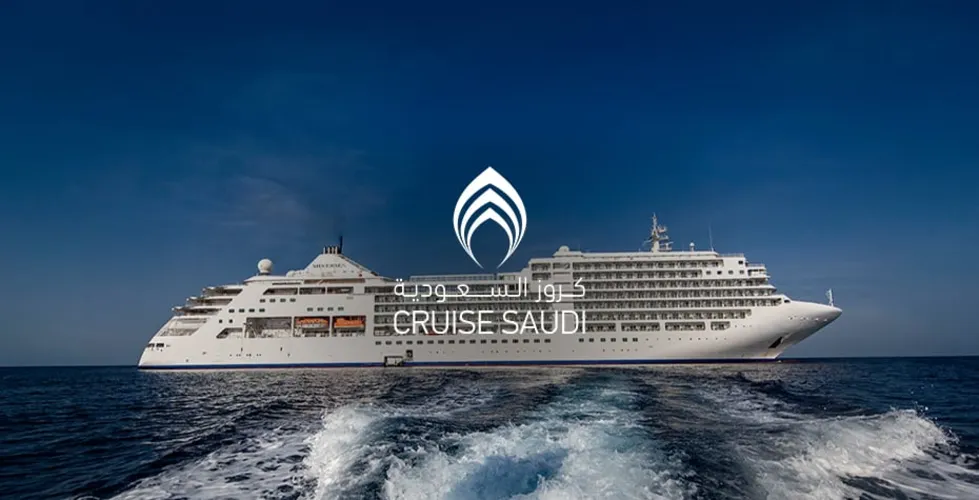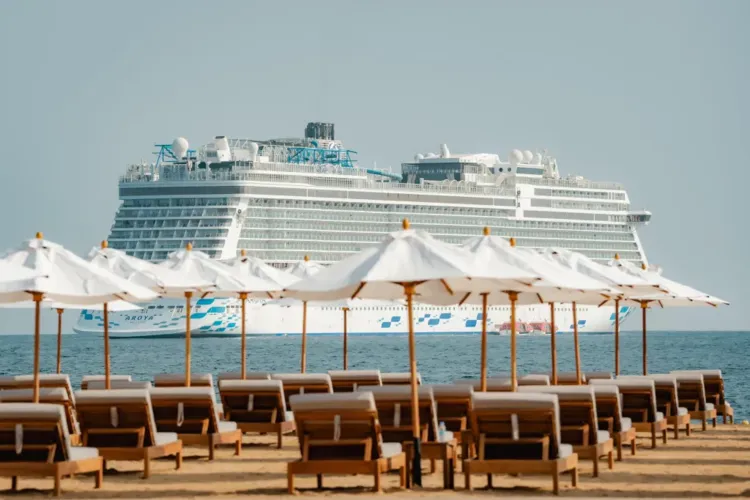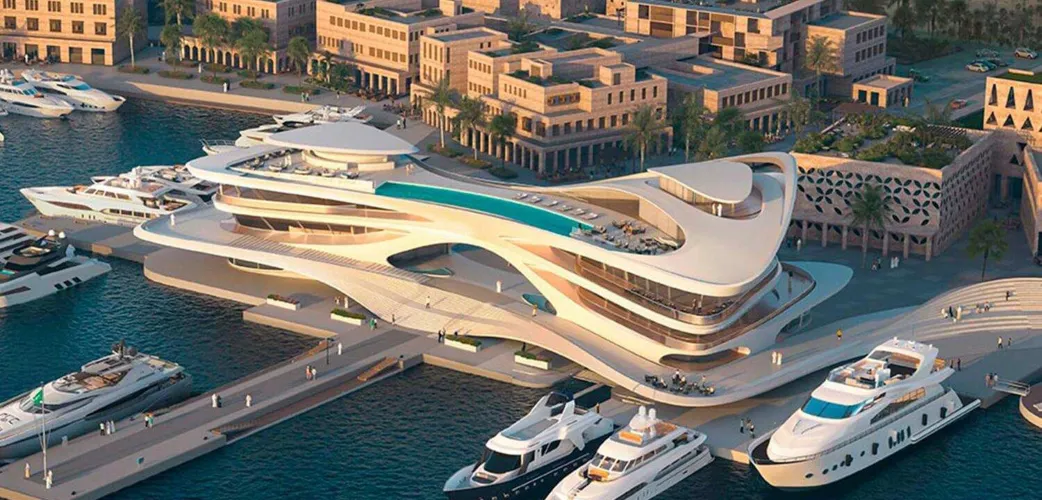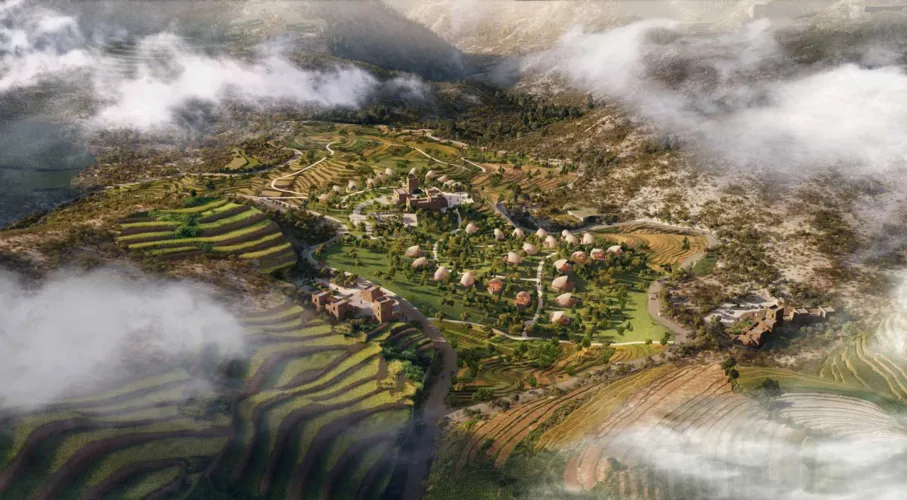Heritage Tourism to Reach $8.48B by 2033, Led by Cultural Revival
Saudi Luxury & Heritage Tourism Market is emerging as a dual-engine of growth under Vision 2030. Saudi Arabia’s heritage tourism market is projected to grow from $5.12 billion in 2024 to $8.48 billion by 2033, at a CAGR of 6.0%. This growth is fueled by Vision 2030’s emphasis on cultural preservation and economic diversification. Projects like AlUla, Diriyah Gate, and Jeddah’s Al-Balad are being restored and reimagined as global heritage destinations. In 2024, cultural heritage tourism accounted for 54.37% of the market, driven by UNESCO-listed sites, traditional arts, and immersive festivals such as Winter at Tantora and Jenadriyah.
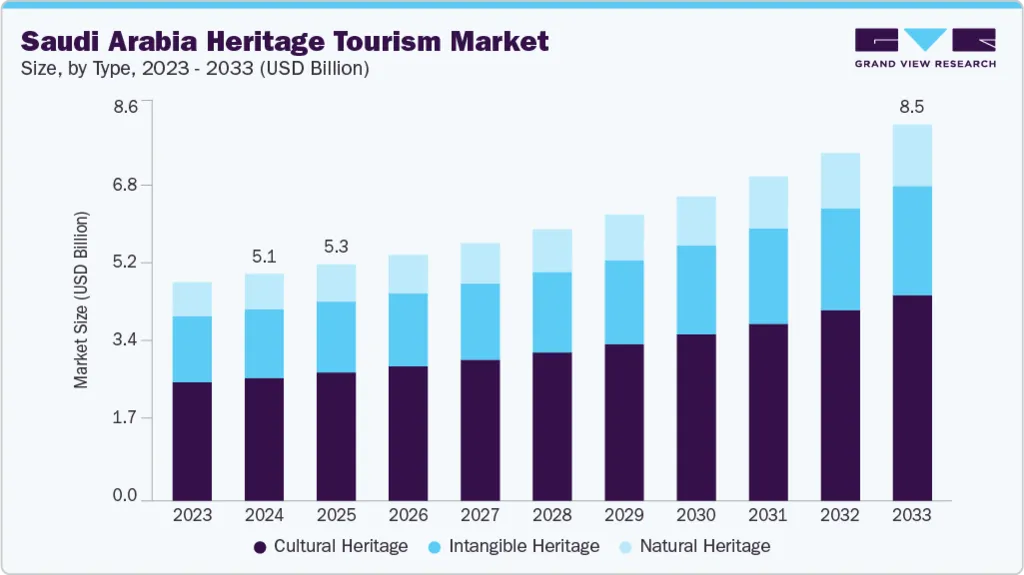
Age 51–70 Travelers Dominate Heritage Segment with 57.89% Share
Older travelers (ages 51–70) made up 57.89% of heritage tourism participants in 2024, favoring meaningful, educational travel. This group is drawn to architectural symbolism, historical depth, and spiritual resonance. Meanwhile, the 31–50 age group is expected to grow at 6.5% CAGR, reflecting rising interest in experiential travel among mid-career professionals and young families.
Offline Booking Still Strong at 68.87% in Heritage Tourism
Offline channels generated 68.87% of heritage tourism bookings in 2024, especially among older tourists and group travelers who value personalized planning. However, online booking is gaining momentum, projected to grow at 6.4% CAGR through 2033, driven by tech-savvy domestic and international visitors seeking flexibility and digital convenience.
Luxury Travel Market to Grow at 5.9% CAGR Through 2030
The Saudi luxury travel market is expanding in parallel, expected to grow at a 5.9% CAGR from 2024 to 2030. This segment is powered by high-end attractions such as the National Museum, Al Masmak Fortress, and King Fahd’s Fountain, alongside religious and water-based tourism experiences. Luxury travelers are increasingly seeking exclusivity, comfort, and curated cultural engagement.
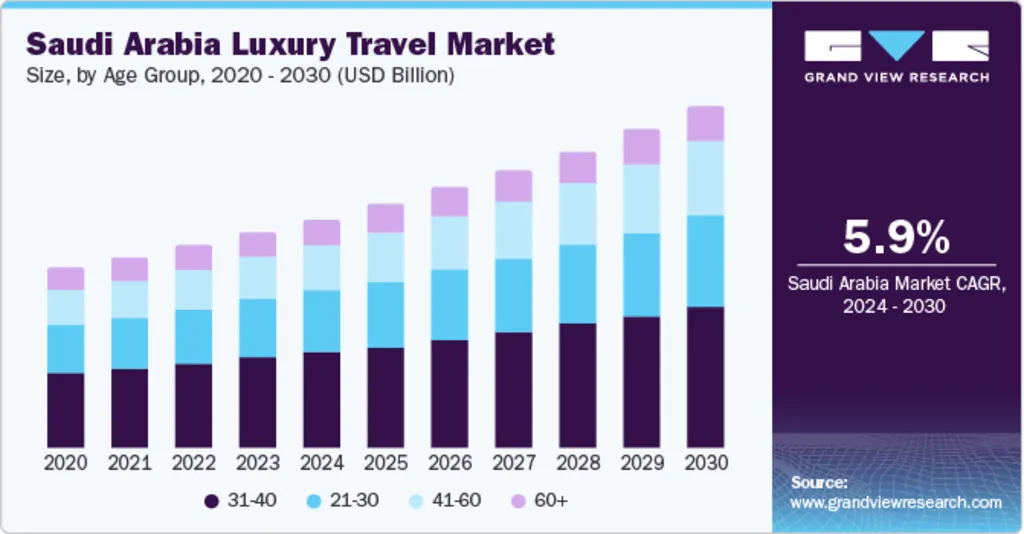
Saudi Travelers Redefine Luxury with Eco-Conscious Values
A generational shift is reshaping luxury travel preferences. Saudi tourists, especially those aged 30–50 are embracing eco-conscious luxury, favoring hotels with sustainability credentials. In London, the Montcalm Collection’s Mayfair property achieved Green Key certification within three months, eliminating single-use plastics and sourcing minibar items locally. These travelers expect elegance without environmental compromise, aligning personal values with global sustainability trends.
Experimental Mindset Fuels Diverse Luxury Experiences
Saudi guests are moving beyond traditional shopping districts, exploring new destinations and cultural experiences. This shift reflects a broader transformation within the Saudi Luxury & Heritage Tourism Market, where luxury is no longer defined by brand familiarity but by authenticity, environmental stewardship, and narrative-rich travel. As Vision 2030 embeds sustainability into tourism infrastructure, Saudi travelers, especially those aged 30 to 50, are becoming ambassadors of responsible luxury, seeking experiences that align with both personal values and global trends.
Industry Players & Strategic Partnerships Accelerate Growth
Key players in the Saudi Luxury & Heritage Tourism Market include Seera Group Seera Group, Almosafer, and Al Faris International Travel & Tourism. Recent partnerships, such as Almosafer’s alliance with Wyndham Hotels and Diriyah Company’s agreements with global travel firms are expanding Saudi Arabia’s tourism footprint. These collaborations support Vision 2030’s goal of positioning the Kingdom as a top-tier cultural and luxury destination.
Also Read: Heritage Meets Growth: Saudi Cultural Tourism 2030

